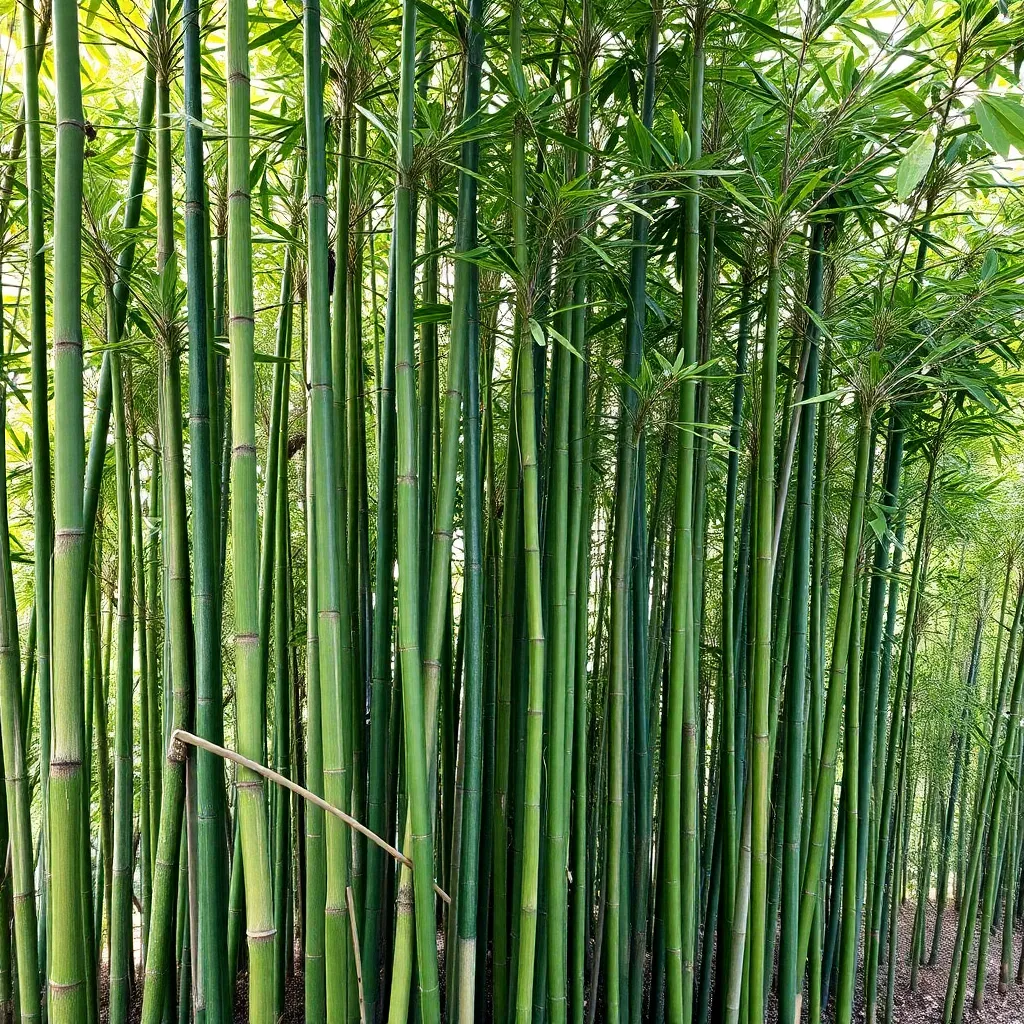Invasive Bamboo: A Threat Comparable to Japanese Knotweed

Note: This post may contain affiliate links and we may earn a commission (with No additional cost for you) if you make a purchase via our link. See our disclosure for more info
Invasive bamboo presents a significant and concerning threat, explicitly equated in its destructive capacity to the notorious Japanese knotweed. This comparison immediately highlights the severe nature of the problems associated with certain aggressive bamboo species.
At its core, invasive bamboo refers to varieties that spread rapidly and uncontrollably, often via extensive underground rhizome systems. These rhizomes can penetrate and damage building foundations, drainage systems, and paved areas, leading to costly structural repairs and potential disputes with neighbours due to its encroachment. The aggressive growth can also outcompete native plant species, disrupting local ecosystems and reducing biodiversity.
While the provided text does not mention any benefits of invasive bamboo, its primary focus is on the substantial risks it poses. The direct parallel drawn with Japanese knotweed serves as a critical benchmark, signaling to property owners and environmental managers the potential for widespread damage, high remediation costs, and the legal implications often associated with managing highly invasive plant species. This analogy underscores the urgency and seriousness of identifying and managing invasive bamboo effectively to prevent its detrimental effects on both built environments and natural landscapes.
(Source: https://www.getsurrey.co.uk/news/surrey-news/surrey-towns-among-uks-worst-32889545)








